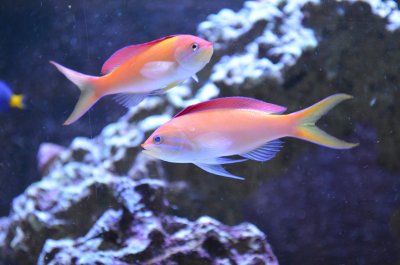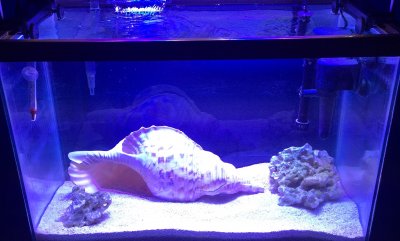Evening #reefsquad,
Is my cycle complete? I'm not sure,
Parameters are:
Ammomia 0
Nitrate 2.5
Nitrite 22
Phosphates.07
No fish, no corals yet. Only ghost feeding. I have 10 trocus snail and about 15 hermits in display currently.
No cloudy water, just diatom starting to cover rock and substrate
You think I should get some chaeto and start that? Should I dose ammonia to check?
You cycle has stall before the second step (NO2-NO3) Your high reading of NO3 is caused of your NO2 readings - it is false.
DO NOT add any more ammonia - it will do the situation worse. The step NH3/NH4 works well - you need to have the second step to work. Stop ghost feeding - take away all excess food from the gravel. In order to have the second step to work in short time you probably need to add nitrifying bacteria from a bottle or from another source. Add every day till you read 0 or very close to 0 of NO2. Another source could be unrinsed gravel from another working aquarium, squeeze a working foam filter and dilute the dirt in some water – keep in refrigerator – and dose a “dash” every day until you read zero NO2 . Another method is to take a handful of unfertilized soil in a litre of water, filtrate through a coffee filter, store the filtrate in the refrigerator and “dash” in some every day until you read 0 NO2
Sincerely Lasse




















